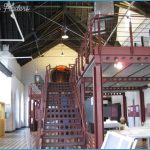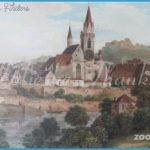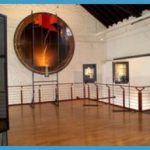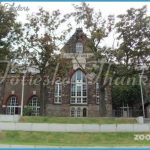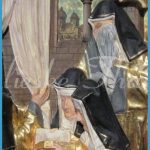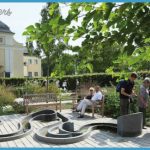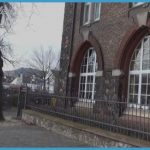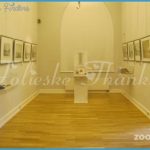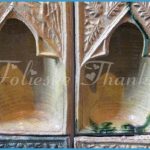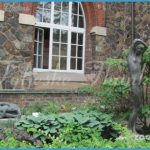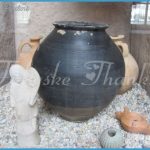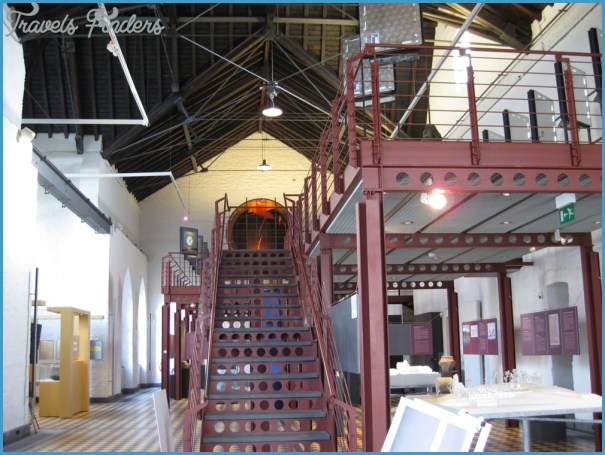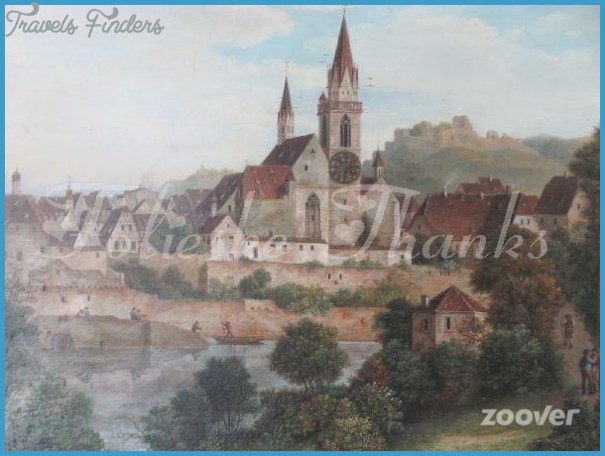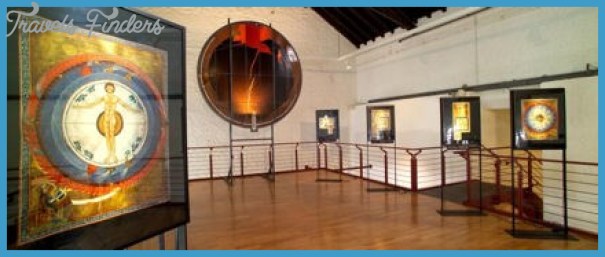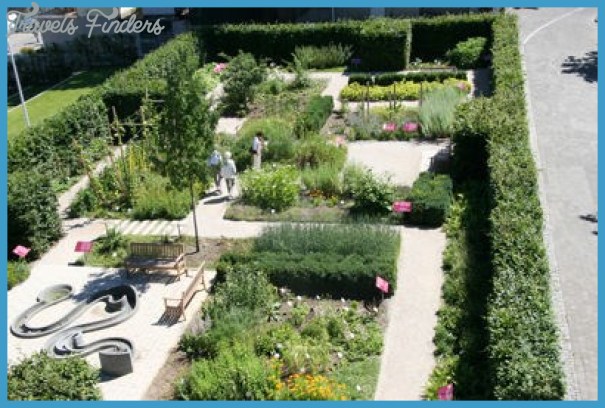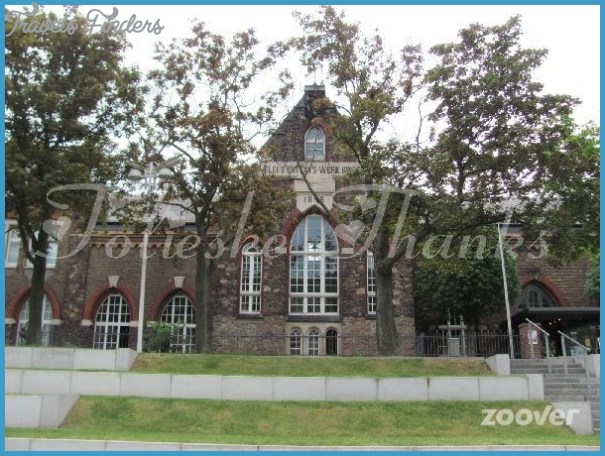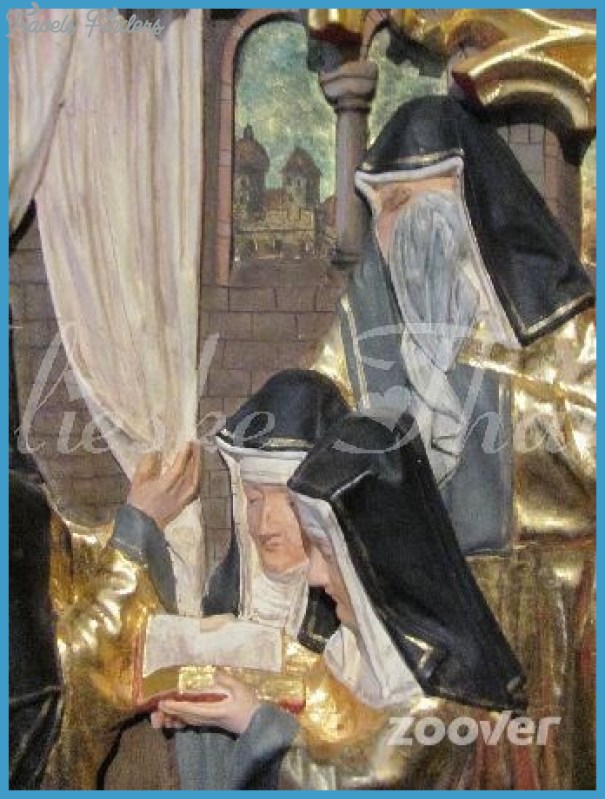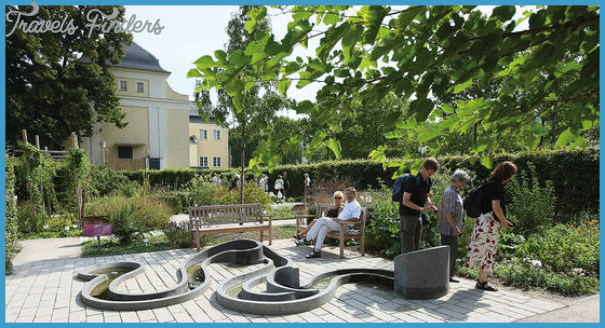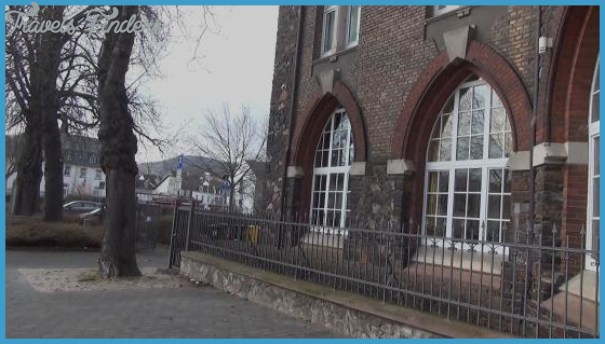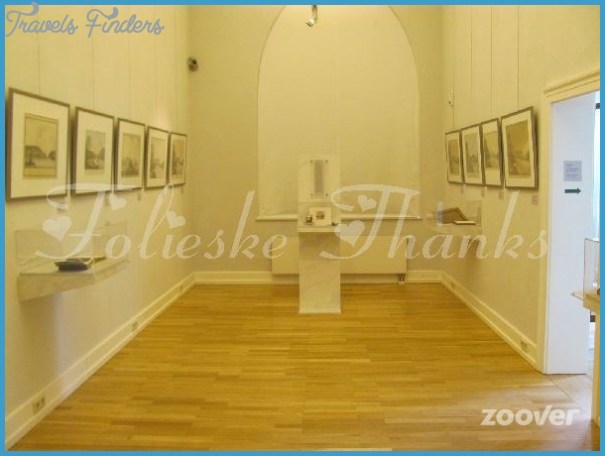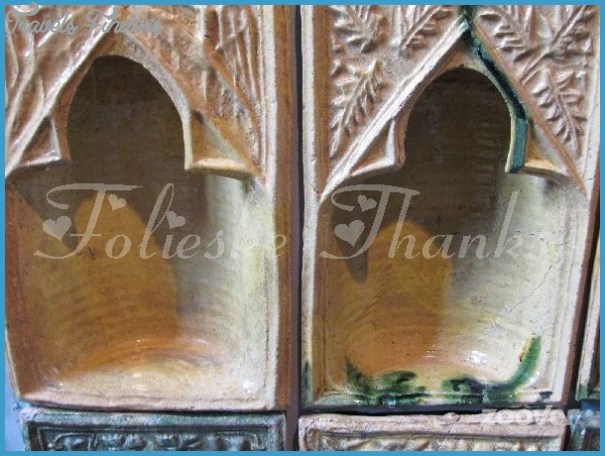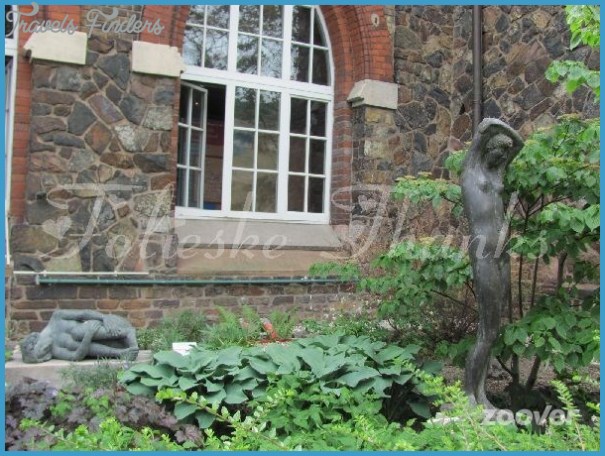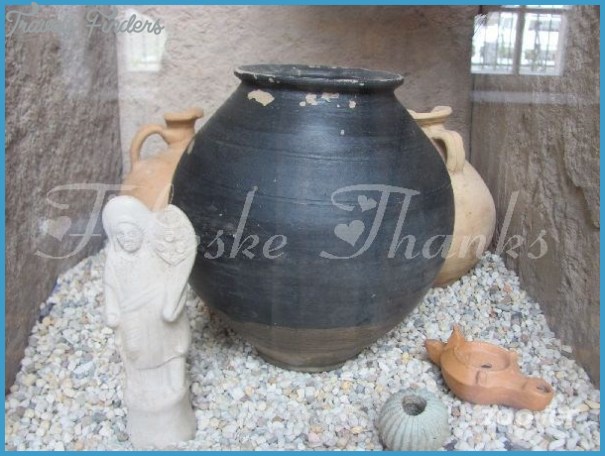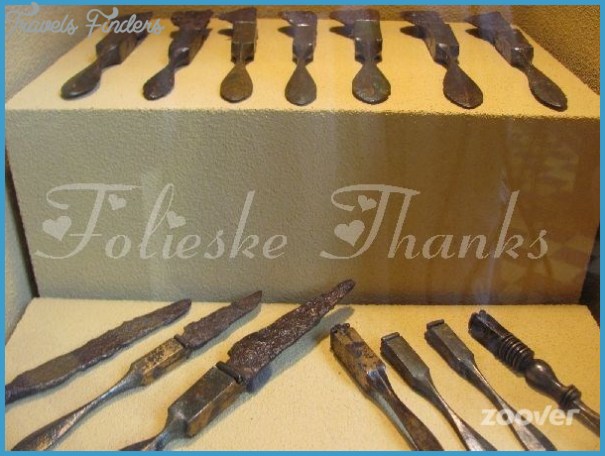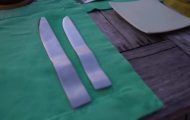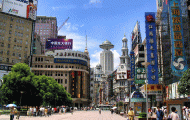HILDEGARD OF BINGEN MUSEUM
Abbess, visionary, mystic, writer: Hildegard of Bingen was a composer but always as an adjunct to her religious vocation. She was born in Bermersheim, about 32 km south-west of Mainz, in 1098. When she was 14 she entered a Benedictine monastery nearby at Disibodenberg, where later she established a convent; in 1147 she moved the convent to Rupertusberg, near Bingen, some 30 km down the Rhine from the Lorelei rock at the confluence of the Rhine and the Nahe, and in 1165 founded a further one at Eibingen, near Rudesheim, a few kilometres from Bingen but on the north bank of the Rhine. She died there in 1179. Hildegard’s powerful and visionary settings of her poetry are thought to date from the 1140s or perhaps a little earlier. They began to be collected in the 1150s; they amount to some 80 songs, chiefly antiphons and responses.
There is no specific museum to Hildegard, but her memory is preserved at several sites in the places where she lived. The church in Bermersheim, where she is thought to have been baptized, still stands; of the convent at Disibodenberg, near Odernheim, by the confluence of the Nahe and the Glen, only ruins survive, now in private hands.
The Rupertusberg convent was in what is now Bingerbruck, a district of Bingen which lies across the River Nahe (to the west). The convent itself was destroyed in the 30 Years War but its remains, consisting of five arcades, the crypt and some cellars, survive, now within the exhibition hall of the Firma Buroland Wurth (who allow visits by appointment: +49/0 6721 3050). A tapestry and a statue in the Catholic parish church, nearby in Gutenbergstrafie, known as the Hildegardis-Gedachtniskirche, commemorate Hildegard, and windows in the west transept show scenes from her life.
HILDEGARD OF BINGEN MUSEUM Photo Gallery
In the main part of Bingen, in the Basilica of St Martin, there is a statue of Hildegard dating from the 18th century and the organ (of 1970) is known as the Hildegardisorgel. Close by is a house (Basilikastrafie 8) with a mural of Hildegard and the Rupertusberg, and a relief of 1981 on the fountain in the marketplace shows Hildegard preaching to the people by the portal of the church. There is another statue, erected in 1979, on the corner of the house at Mainzerstrafie 1. In the Heimatmuseum at Burg Klopp in Bingen (open Easter-October, 09.00-12.00,14.00-17.00, closed Mondays) there is a reproduction of an ivory comb ascribed to Hildegard, showing three armed men in its central panel and a charioteers’ race in the outer ones. The Historisches Museum am Strom – Hildegard von Bingen, which is devoted primarily to the Rhine and its history, opened in 1998 with a special exhibition in celebration of Hildegard’s 900th anniversary.
The Rochuskapelle, on the site of Hildegard’s 1147 foundation over the grave of Rupertus (open 09.00-17.00), has a series of woodcarvings, dating from after its reconstruction in 1895 following a fire, showing scenes from Hildegard’s life; they include her delivery as a child to her mentor Jutta of Spanheim, her meetings with the Emperor Barbarossa and St Bernard of Clairvaux (the latter encounter is fictional), and her preaching. There are also frescoes with scenes from her life in the Benedictine Abbey in Klosterweg in Eibingen (+49/0 6722 4990), which was established in 1904 to replace the convent; the original convent, much rebuilt, had been abandoned in 1802 and in 1831 its church had become the Eibingen parish church. Hildegard’s remains had been brought to the Eibingen monastery in 1636 when the Rupertusberg one was destroyed; in 1857, it is claimed, the parish priest proved their authenticity’. Since 1929 they have been preserved at the church in a gilded reliquary on the plan of a building, bearing allegorical images. The church itself was rebuilt in 1935 after a fire in 1932, which the reliquary survived. A statue of Hildegard, in Franconian shell- limestone, was fitted into the stonework in 1957.

